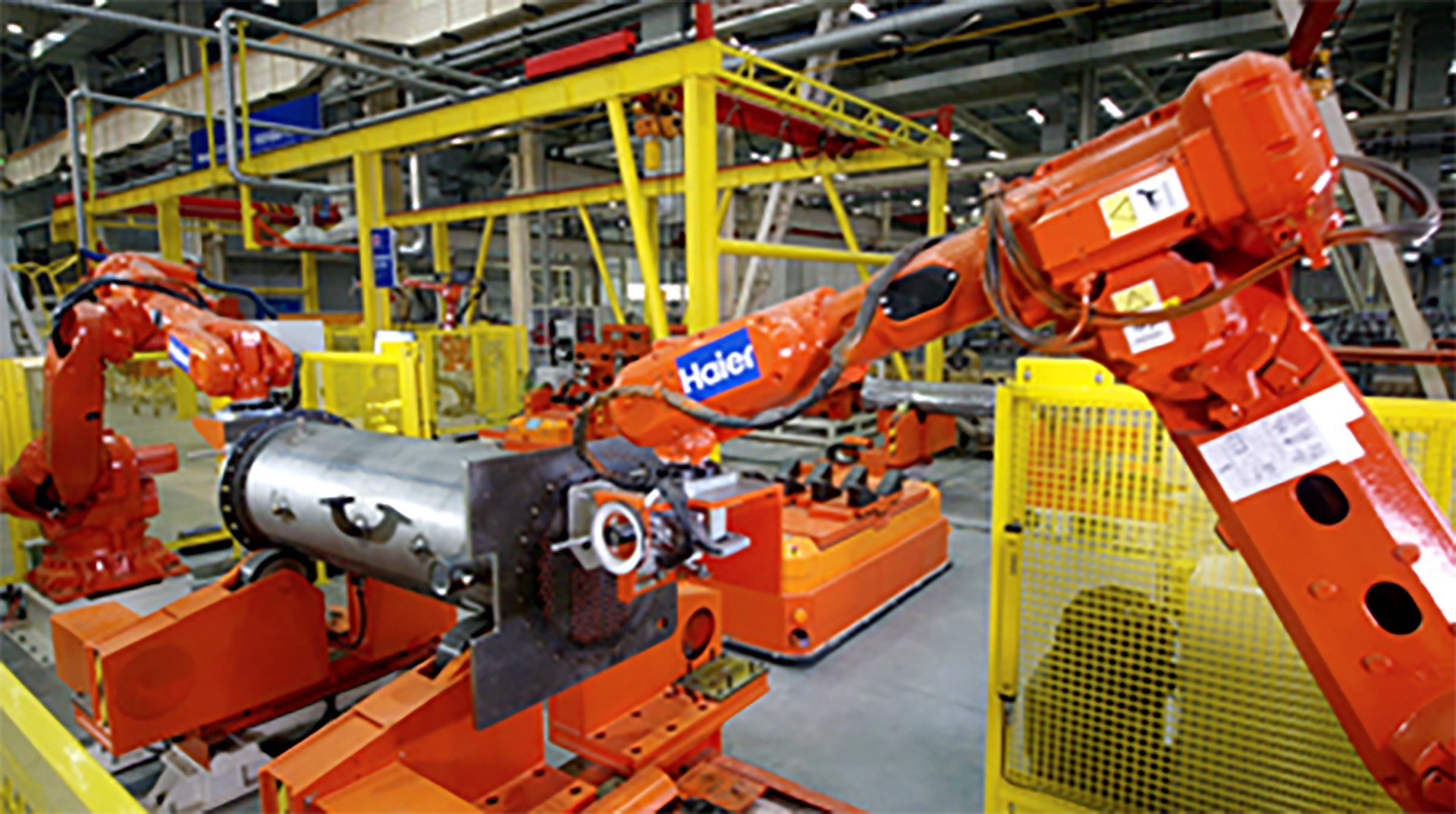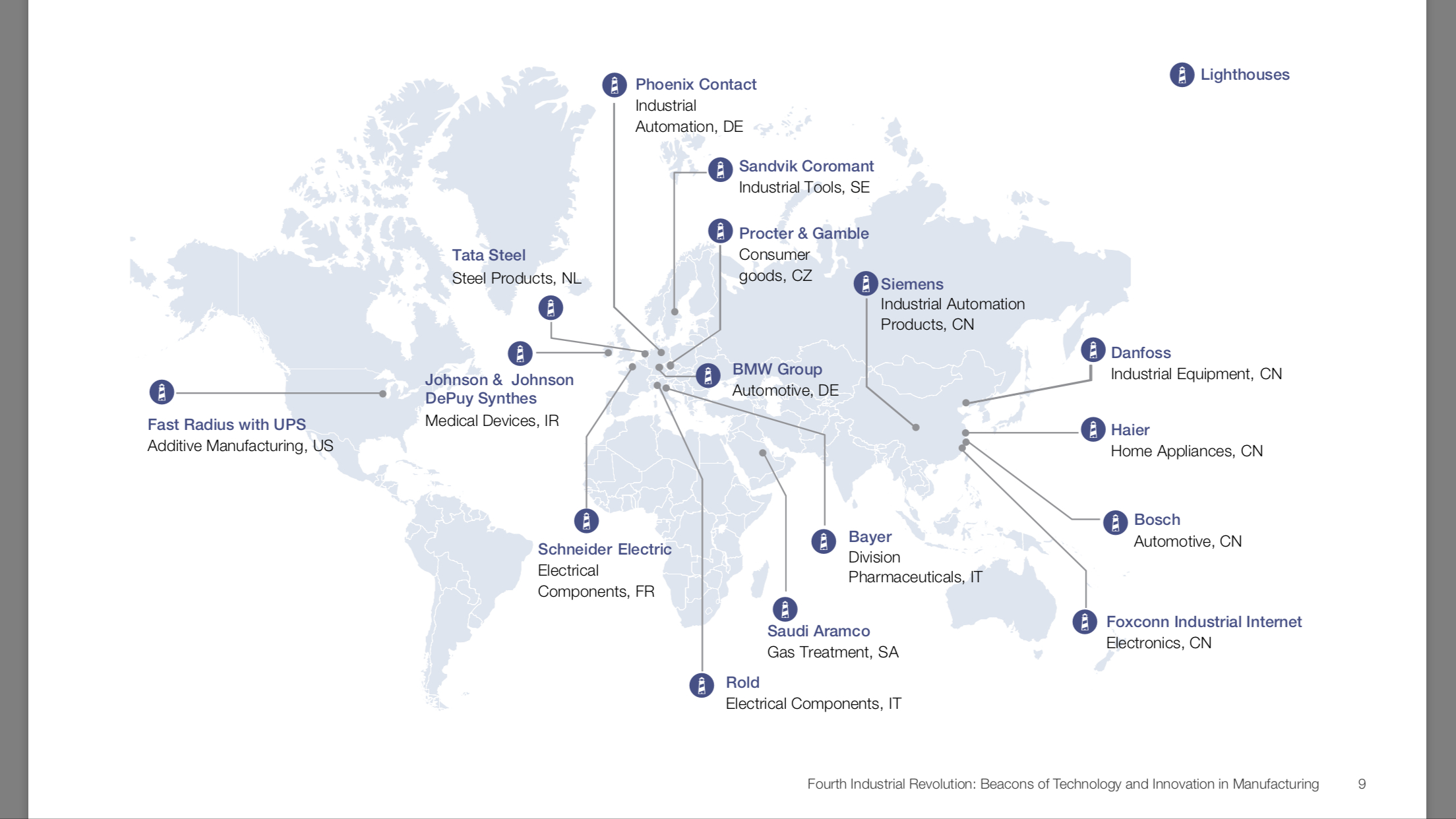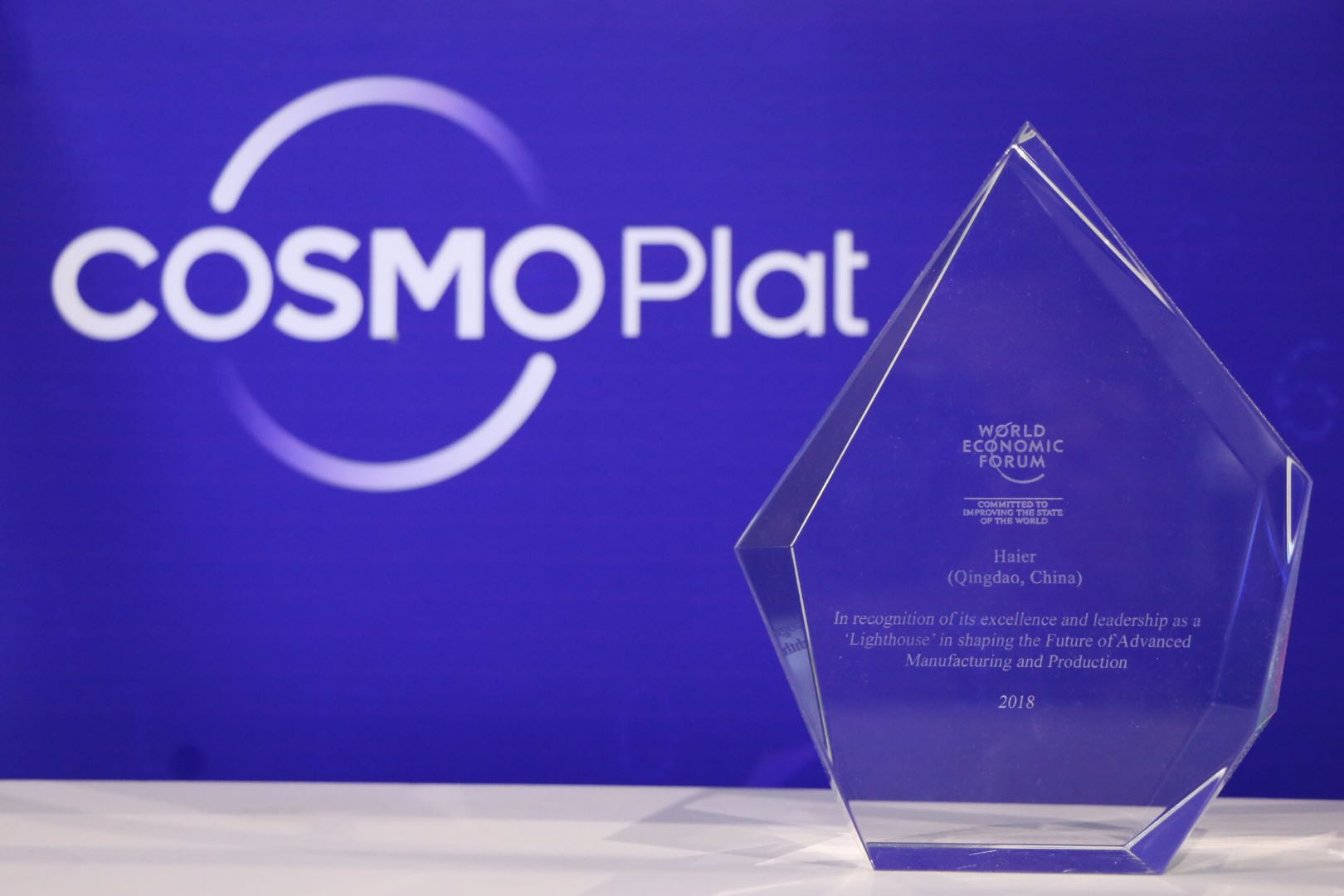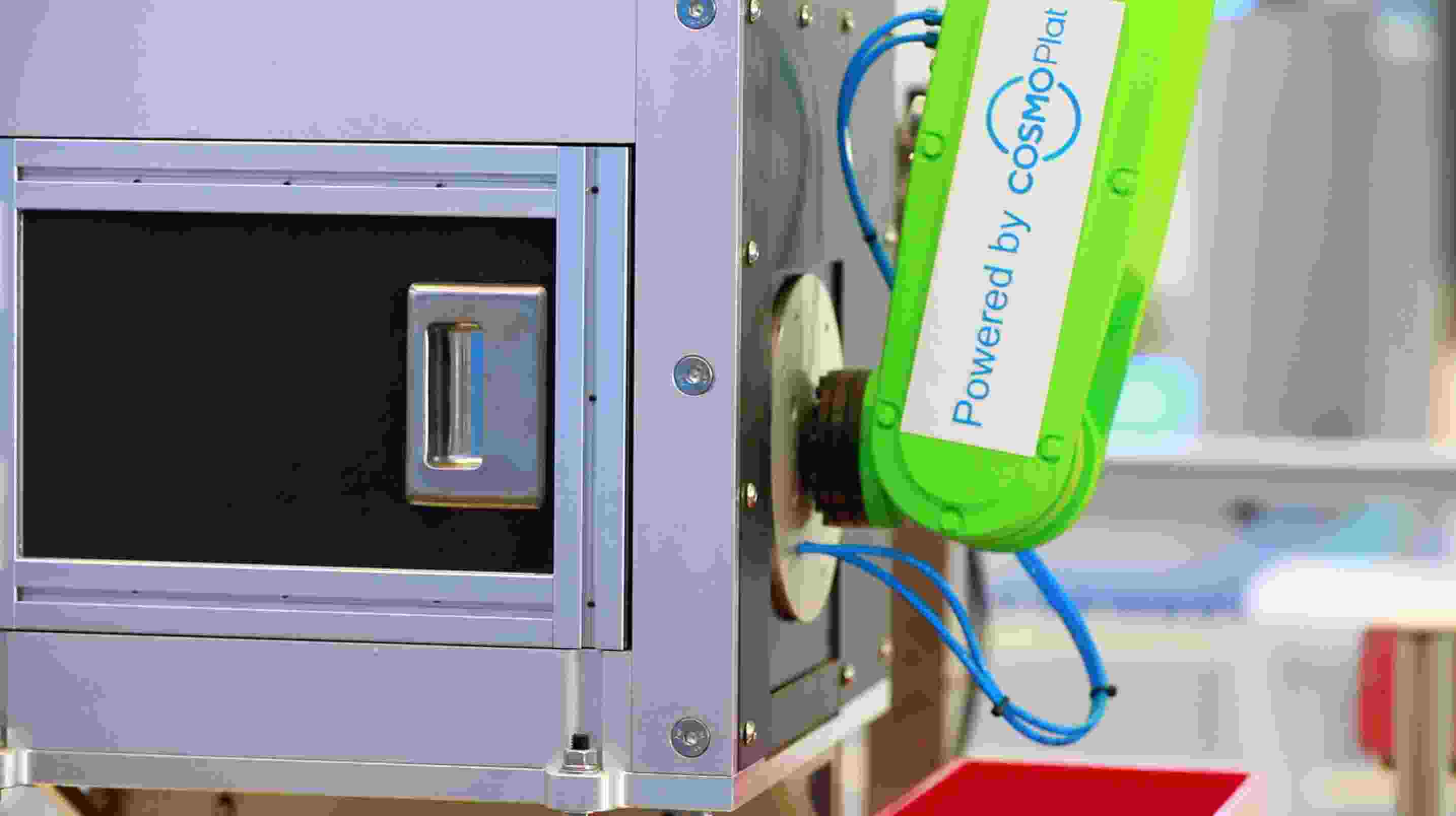
Money Stories
12:48, 19-Jan-2019
WEF says factories in China will lead the next industrial wave
Updated
19:13, 20-Jan-2019
By Xu Xinchen, Wang Yao
03:07

The World Economic Forum (WEF) continues to highlight smart manufacturing as a way leading to the fourth industrial revolution. In collaboration with management consulting firm McKinsey & Company, the WEF added seven “manufacturing lighthouses” in January 2019 to the original nine revealed in September 2018.
These selected model factories are said to be the beacons in smart manufacturing that will demonstrate how to use modern technologies for “significant economic and financial benefits.” Almost one-third of these factories are in China and include major Chinese brands such as Haier.

The Fourth Industrial Revolution: Beacons of Technology and Innovation in Manufacturing shows locations of 16 manufacturing lighthouses selected by the WEF and McKinsey and Company. /The World Economic Forum Photo
The Fourth Industrial Revolution: Beacons of Technology and Innovation in Manufacturing shows locations of 16 manufacturing lighthouses selected by the WEF and McKinsey and Company. /The World Economic Forum Photo
The WEF and McKinsey identified the principal drivers for the adoption of new technologies leading to the Fourth Industrial Revolution as connectivity, intelligence and flexible automation.
According to Yang Weixin, director of Haier's Commercial-AC (CAC) Interconnected Factory in Qingdao, the factory is not only using robotic arms to replace human labor but also deploying sensors to read product information so that machines can identify the task and change programs on its own
Haier's factory made its name by offering highly customizable products – a new service not achievable with only human labor. But the research also stated that automation does not necessarily mean job loss.
Zhao Liguo, the general manager for Hair CAC Manufacturing, told CGTN that while digitalization allowed capacity to expand three times with only one-third of the workforce, it also sped up expansion, meaning more jobs overall, as seen in the factory's increased hires.

The trophy given to Haier's Qingdao factory by the WEF. It was selected as a manufacturing lighthouse in September 2018, the first Chinese brand included. /Haier Photo
The trophy given to Haier's Qingdao factory by the WEF. It was selected as a manufacturing lighthouse in September 2018, the first Chinese brand included. /Haier Photo
The factory now produces over 1,000 highly customized commercial air conditioner units a year to meet increased market demand.
And engineers believe customization is what the fourth industrial revolution truly is about.
“How to improve efficiency is very important. And high efficiency only matters if high precision is achieved. What is high precision? It means getting customers involved in the production. We have to know who they are and what their needs are to satisfy their demands,” said Wang Xiaohu, the general manager of Haier COSMOPlat Mass Customization Platform.
COSMOPlat is what enables the factory to think on its own.
It brings together big data, cloud computing and the Internet of Things (IoT).

COSMOPlat can link Haier's eco-system all together, finding available parts requested by customers and putting them into production. /CGTN Photo
COSMOPlat can link Haier's eco-system all together, finding available parts requested by customers and putting them into production. /CGTN Photo
China's huge online population is said to be a catalyst for COMSOPlat to become a reality due to the vast data generated among the Chinese people.
And now the company is also starting to integrate the system into overseas markets.
As stated in the World Economic Forum and McKinsey's research, model factories like Haier are “beginning a unique learning journey,” and they are “demonstrators of digital manufacturing” and the next phase of globalization, what the forum calls Globalization 4.0.

SITEMAP
Copyright © 2018 CGTN. Beijing ICP prepared NO.16065310-3
Copyright © 2018 CGTN. Beijing ICP prepared NO.16065310-3